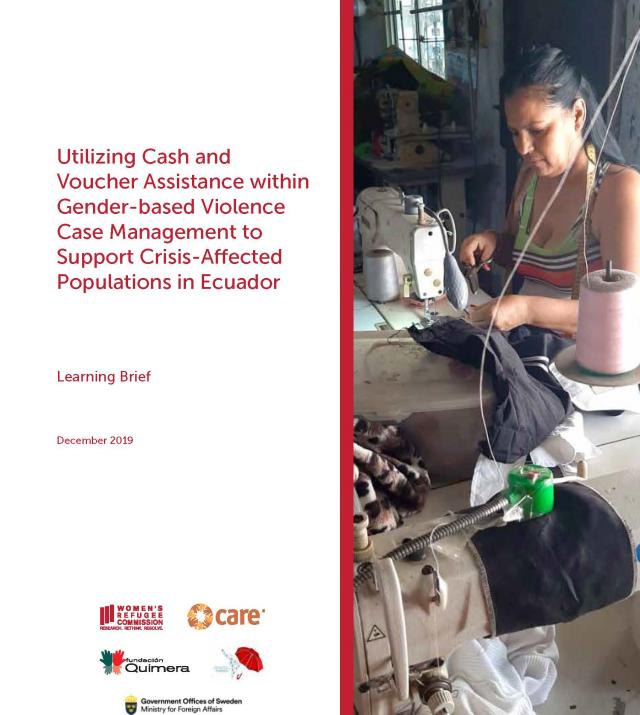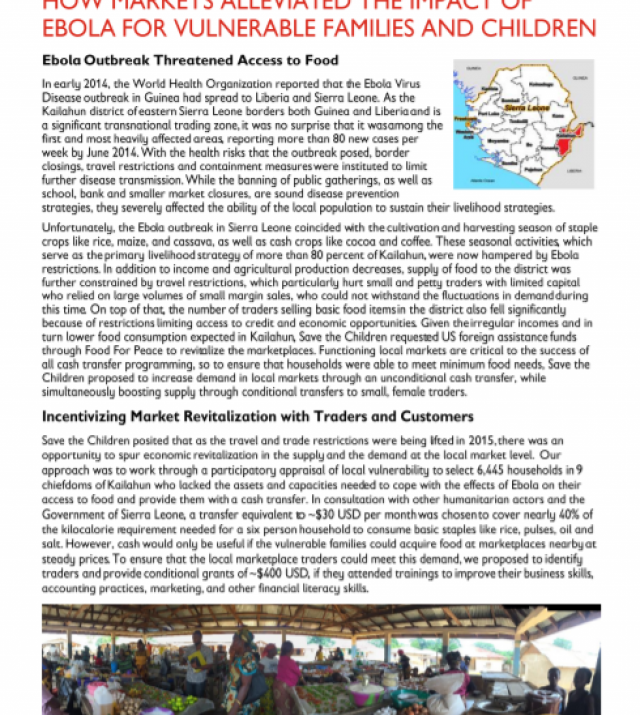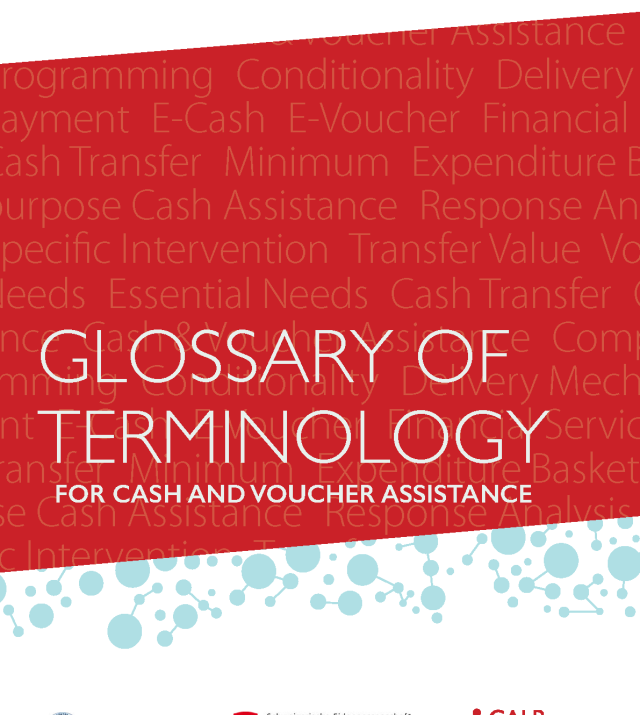
Better Gender Outcomes in Food Assistance through Complementary and Multi-Modal Programing

There is now widespread recognition and evidence that CVA can have highly positive socio-economic impacts, ranging from poverty reduction and improved living conditions to enhanced psychosocial well-being. Despite such steps toward food assistance programming that fosters dignity and choice and stimulates markets, there are obvious gaps and limited evidence in understanding how multi-modal, “cash plus,” or complementary programming can best contribute to gender equality and women’s empowerment.
This study reviews Food for Peace (FFP) Emergency Food Security Program (EFSP) and Development Food Security Activity (DFSA) and Office of Foreign Disaster Assistance (OFDA) projects that explicitly or implicitly incorporated gender-focused programming. More specifically, the research seeks to answer the following research question: How can the design, implementation, and monitoring processes of projects using a combination of modalities maximize gender outcomes?
This product was funded by the IDEAL Small Grants Program. To learn more about this specific grant, click here.
Promising Practices Tip Sheet
This Tip Sheet is excerpted from the research report, “Better Gender Outcomes in Food Assistance through Complementary and Multi-Modal programming,” and gives promising practices by the cycles of project cycle management, as well as at the response level. Additionally, there are expert tips and wisdom practices that support the use of a gendered approach in development or humanitarian programming using multi-modal approaches.
This Tip Sheet is also available in French, Spanish, and Arabic.

